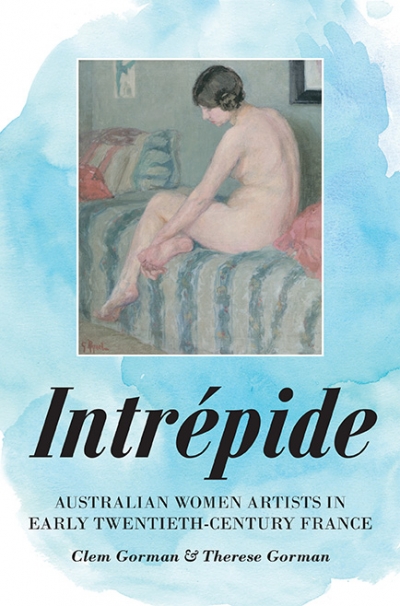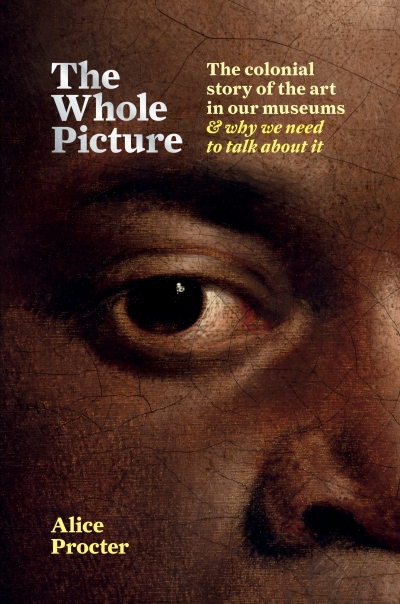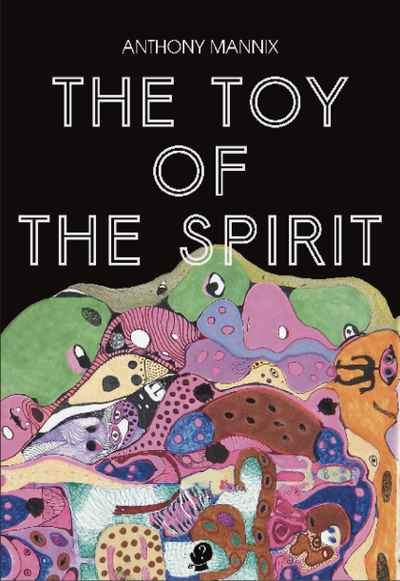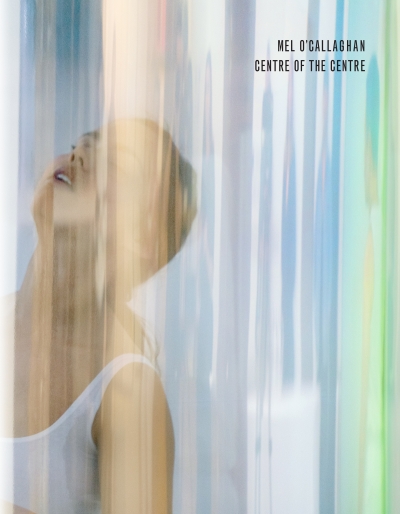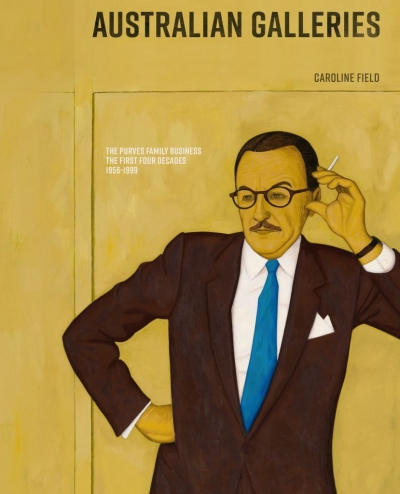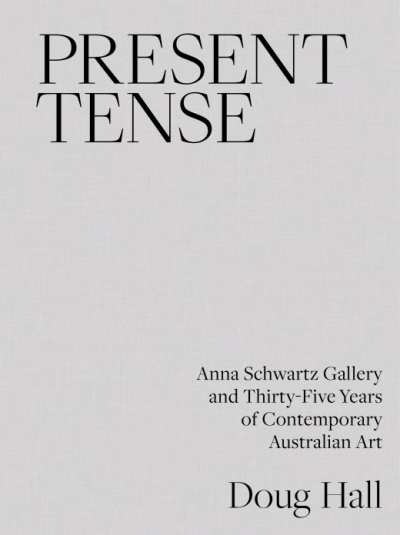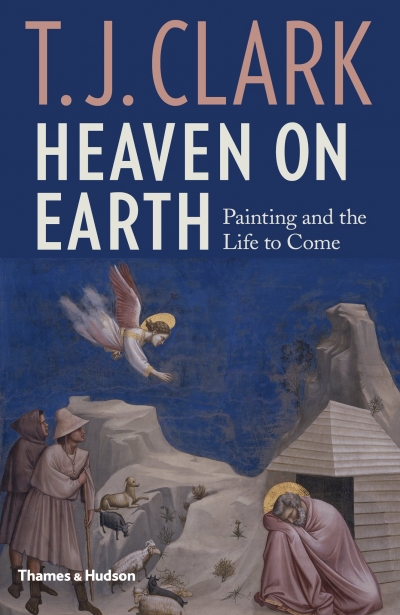Arts
Intrépide: Australian women artists in early twentieth-century France by Clem Gorman and Therese Gorman
by Jane Sullivan •
The Stranger Artist: Life at the edge of Kimberley painting by Quentin Sprague
by Luke Stegemann •
The Whole Picture: The colonial story of the art in our museums and why we need to talk about it by Alice Procter
by Meg Foster •
Mel O’Callaghan: Centre of the Centre by Talia Linz and Michelle Newton
by Julie Ewington •
Australian Galleries: The Purves family business: The first four decades 1956–1999 by Caroline Field
by Sheridan Palmer •
Bauhaus Diaspora and Beyond: Transforming education through art, design and architecture by Philip Goad et al.
by Christopher Menz •

